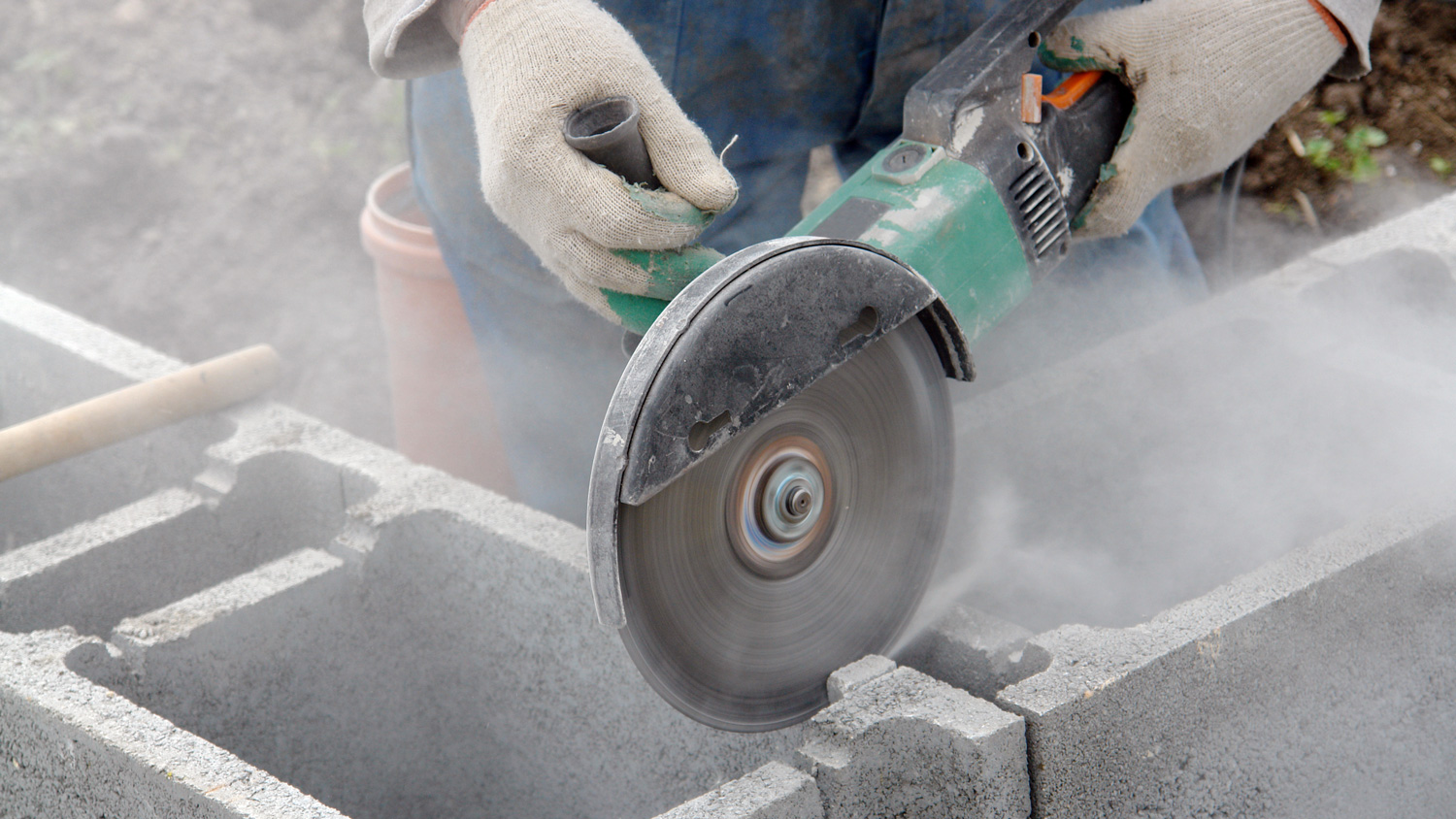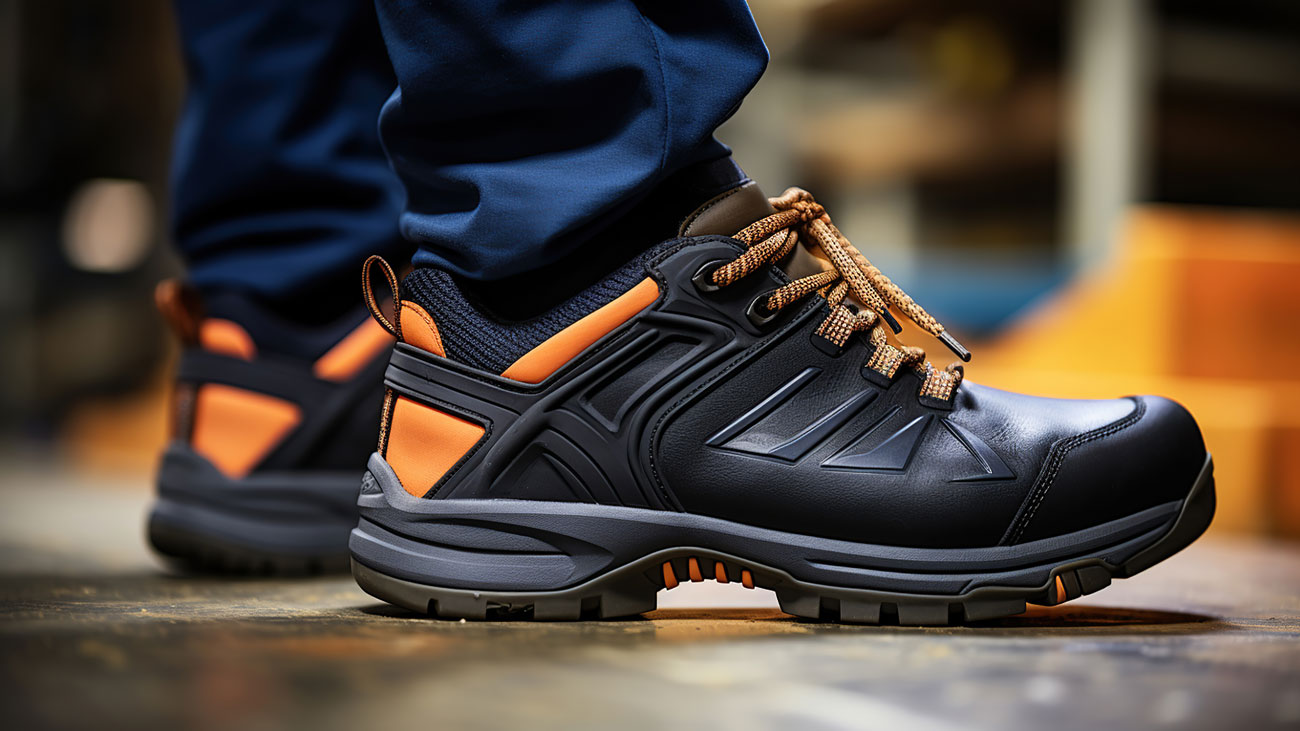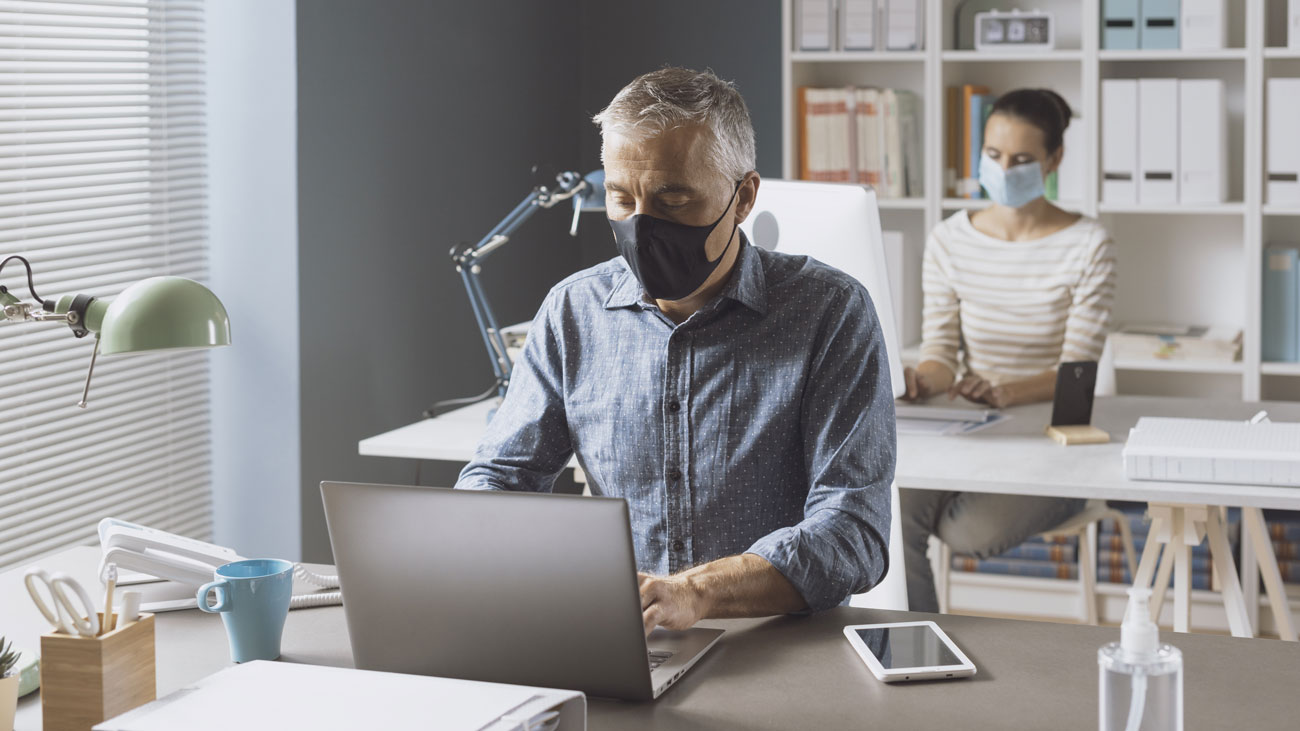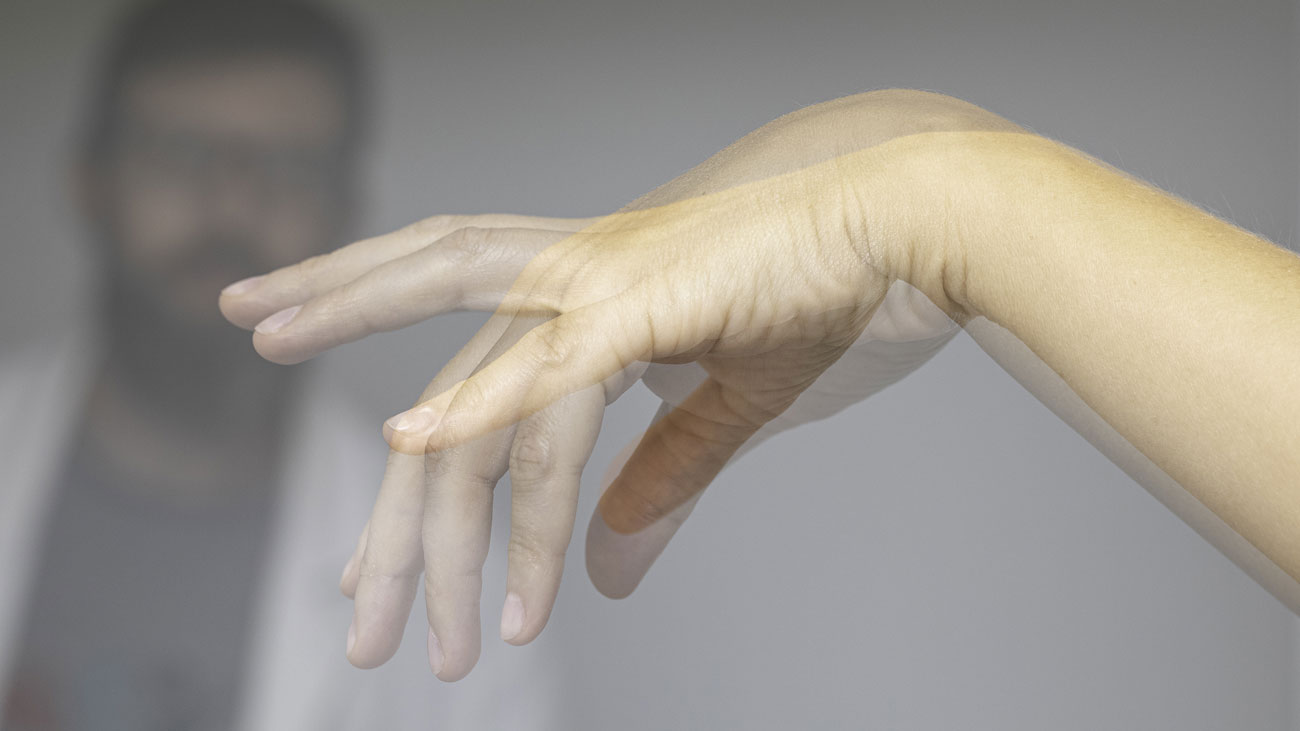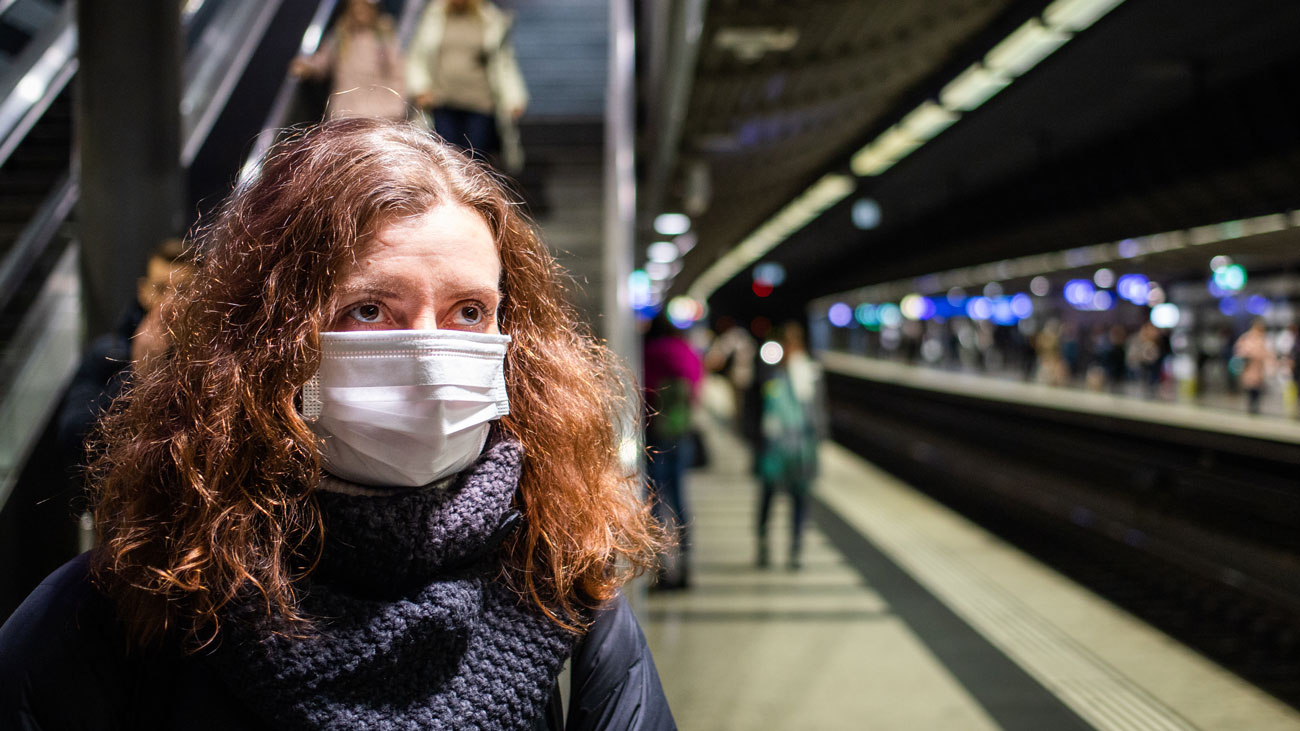
PPE: are women being discriminated against?
During the pandemic, NHS professional bodies, experts and trade unions warned that female healthcare workers’ lives were being put at risk because personal protective equipment (PPE) is designed for men. As one frontline NHS worker put it: “PPE is designed for a 6 foot 3 inch bloke built like a rugby player”.
Dr Helen Fidler, the then Deputy Chair of the British Medical Association UK consultants committee told The Guardian at the time:
“Women’s lives are absolutely being put at risk because of ill-fitting PPE. We know that properly fitted PPE works, but masks are designed for a male template, with the irony being that 75% of workers in the NHS are female.”
One intensive care nurse revealed that half the women on her unit had failed the fit test – a rigorous process that ensures health workers wear the right size mask, which does not leak – on both of the FFP3 masks available. She said:
“The only men I know of that have failed are either very small, or ones that refuse to shave their beards so don’t get a tight fit. Sexism is very much present here.”
A few years on and it appears failures in providing suitable PPE for women is not only a problem in healthcare. Irene Hoile, Operations Director at RS Group, said:
“We know from independent research that women are being given ill-fitting PPE when asked to do jobs that could potentially put them in danger. In some cases, they are told to put on clothing which doesn’t provide the same level of protection as it should, because sizes are way too big or not cut for a woman’s shape. Women aren’t just small men! Fifty per cent of warehouse operatives at RS Group in Corby and Nuneaton are women and PPE needs to be adaptable to them at various stages of their life, including pregnancy and menopause.”
Debbie Dixey, PPE solutions specialist for Uvex Safety said:
“When it comes to PPE, one size does not fit all. Regardless of whether you are a man or a woman, it’s important to ensure your PPE is not only fit for purpose, but fits you as an individual.”
What the law says
There are a number of regulations covering personal protective equipment (PPE). Prior to 2022, the Personal Protective Equipment Regulations 2002 and the Personal Protective Equipment at Work Regulations 1992 (as amended) gave the main requirements. These place a legal requirement on employers to provide PPE to workers free of charge, and to maintain it, if it is needed to protect them from any hazards to their safety or health.
On 6 April 2022 the Personal Protective Equipment at Work (Amendment) Regulations 2022 (PPER 2022) came into force and amended the 1992 Regulations (PPER 1992). They extend employers’ and employees’ duties regarding personal protective equipment (PPE) to certain workers. Under PPER 2022, the types of duties and responsibilities on employers and employees under PPER 1992 remain unchanged but extend to limb (b) workers.
Other special regulations cover hazardous substances (including lead and asbestos), and also noise and radiation. Equality law also requires employers to treat women no less favourably than men.
Employers have to make sure that the PPE is suitable for the purpose, and provided to all staff at no cost to them. The employer also has to ensure that it is maintained and, that there is adequate storage if it has to be kept in the workplace.
What is PPE?
Most people think of PPE as being hard hats, boots or gloves, but it can include a wide range of clothes or equipment. The Personal Protective Equipment at Work Regulations define PPE as:
“All equipment (including clothing affording protection against the weather) which is intended to be worn or held by a person at work which protects them against one or more risks to their health and safety.”
This means that it includes overalls, eye and ear protection, fleeces, knee pads, high-visibility clothing, safety harnesses, anti-stab jackets and respiratory protective equipment (RPE).
Problems with PPE for women
The TUC has published guidance on PPE and women, which highlights the following issues.
Often employers think that all they need to do for women is get the same PPE as for men, but smaller. This unisex approach to PPE can lead to significant problems. Items such as fall-arrest harnesses need to fit well but differences in chest, hips and thighs can affect the way that the straps fit. Another example is safety boots as a typical women’s foot is both shorter and narrower than a typical man’s foot, so a smaller boot may be the right length but not the right width.
A 2016 survey found that just 29% of women who responded said that the PPE they use is specifically designed for women. This meant that many people found that it was not suitable for the purpose.
Women also find that it is very difficult to get suitable PPE during pregnancy.
The 2016 survey showed that very few women had worn maternity PPE and of those that had been pregnant, half had curtailed their normal range of duties or had to change their role in the run up to maternity leave. Problems with PPE used to protect against chemicals can be even more critical during pregnancy as current occupational exposure limits are set based on studies of non-pregnant adults, and so the maximum legal levels may be more harmful for pregnant women or unborn babies.
Ill-fitting, uncomfortable or inappropriate PPE not only prevents women from doing their jobs, it can be a significant health and safety issue. PPE is, after all, meant to provide protection, so if it is unsuitable then it is not doing the job properly.
If PPE does not fit, is uncomfortable, or causes health problems, then women often will not use it. The consequences of not wearing proper headwear or footwear can be catastrophic, and even failing to use gloves, overalls or jackets can lead to injury.
For too long many occupations and industries have had big issues around job segregation. In sectors like construction and engineering, only very recently have women begun to be more visible. Unless women in these sectors have the same access to safe and comfortable PPE, they will continue to find it much harder to work on an equal footing to men. For that reason, PPE should be seen as an important equality issue.
What employers can do
The TUC offers the following recommendations to ensure suitable PPE provision for women:
- Employers should avoid suppliers who do not provide a range of sizes for both men and women and must seek to ensure that their suppliers have properly assessed the appropriateness of their equipment to both men and women.
- If there are issues over the suitability of PPE for women, they should work with trade bodies to put pressure on manufacturers and suppliers to provide a full range of PPE.
- Where a need for separate PPE for men and women is identified employers should make sure that they provide the same range of sizes for women as for men.
- They should ensure that women try on several sizes or types of PPE before it is issued to ensure that it is best fit. This should be regardless of whether PPE is considered unisex or gender specific.
- Employers should provide mechanisms to ensure feedback on the suitability of PPE either to safety committees, or occupational health providers. This is best done through both reporting mechanisms and anonymous surveys.
- They should work with safety committees and health and safety representatives to ensure that the correct range of suitable PPE is provided.


